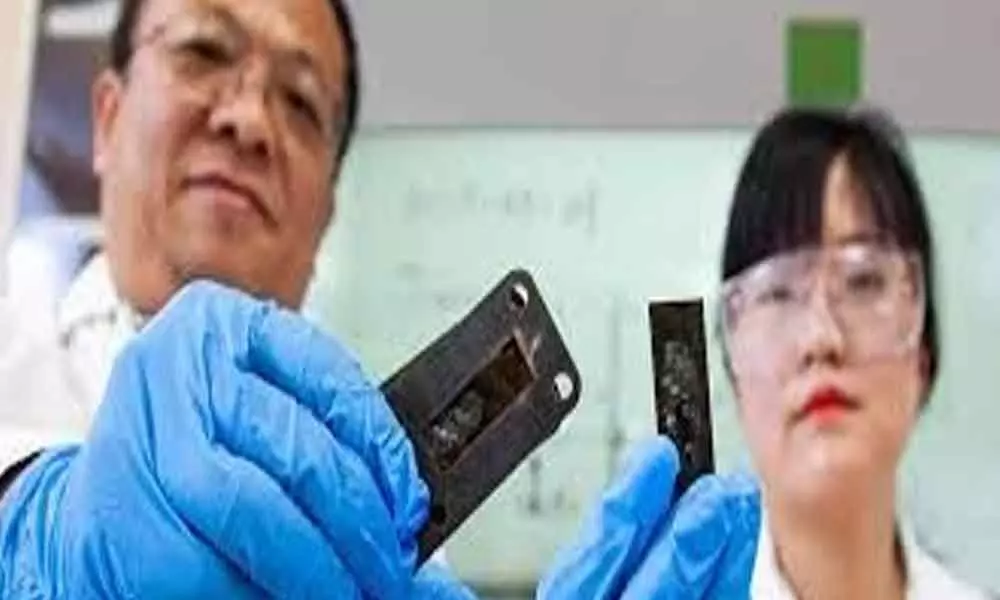Thin heat shield for aircraft, rockets developed

The world of aerospace increasingly relies on carbon fibre reinforced polymer composites to build the structures of satellites, rockets and jet aircraft. The life of those materials is limited by how they handle heat but now researchers have developed a design for a heat shield that better protects those extremely fast machines.
"Right now, our flight systems are becoming more and more high-speed, even going into hypersonic systems, which are five times the speed of sound," said stud researcher Richard Liang, from Florida State University in US.
"When you have speeds that high, there's more heat on a surface. Therefore, we need a much better thermal protection system," Liang said. The team used carbon nanotubes, which are linked hexagons of carbon atoms in the shape of a cylinder, to build the heat shields.
Sheets of those nanotubes are also known as "buckypaper," a material with incredible abilities to conduct heat and electricity that has been a focus of study, published in the journal Carbon. By soaking the buckypaper in a resin made of a compound called phenol, the researchers were able to create a lightweight, flexible material that is also durable enough to potentially protect the body of a rocket or jet from the intense heat it faces while flying.
Existing heat shields are often very thick compared to the base they protect, said researcher Ayou Hao. This design lets engineers build a very thin shield, like a sort of skin that protects the aircraft and helps support its structure.
After building heat shields of varying thicknesses, the researchers put them to the test. One test involved applying a flame to the samples to see how they prevented heat from reaching the carbon fibre layer they were meant to protect.
After that, the researchers bent the samples to see how strong they remained. They found the samples with sheets of buckypaper were better than control samples at dispersing heat and keeping it from reaching the base layer.
















